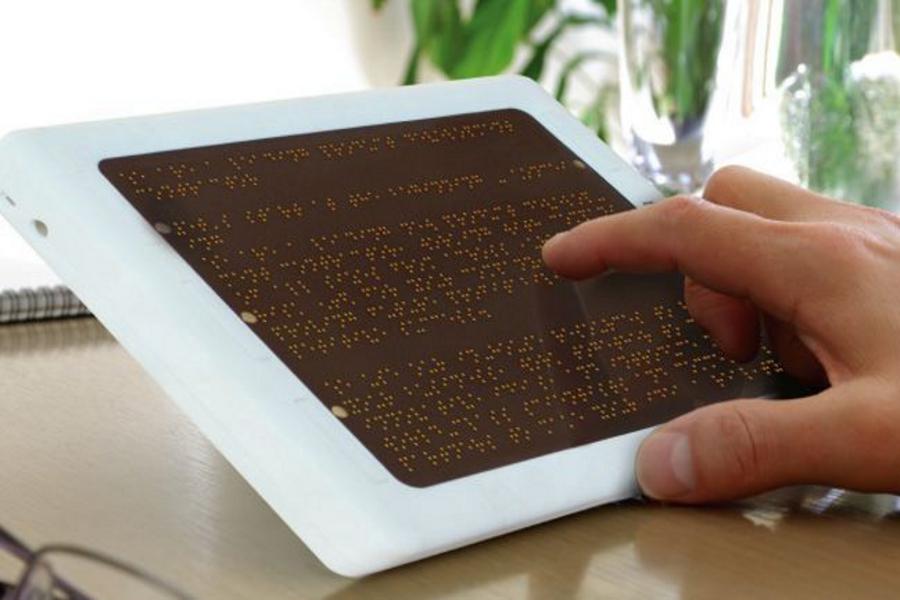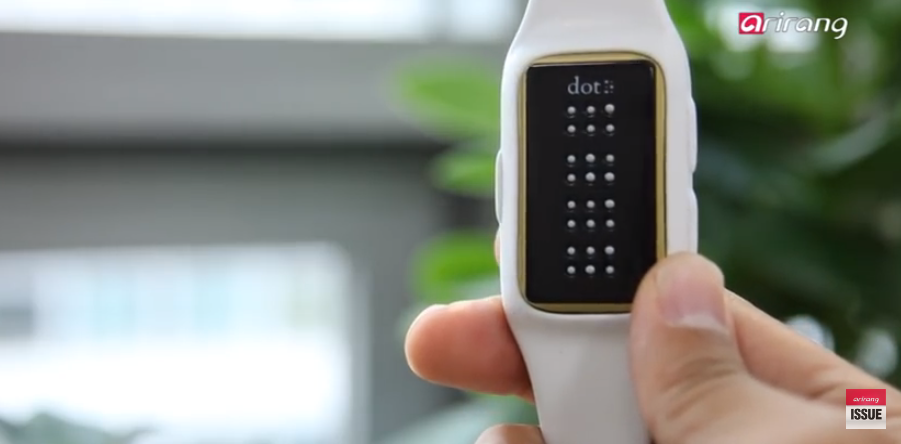Mobility Aids for Visually Impaired Users: Traveling the World with Confidence
Mobility Aids for Visually Impaired Users: Traveling the World with Confidence
Blog Article
Empowering Freedom With Assistive Modern Technology for the Blind
The combination of assistive modern technology right into the lives of individuals with visual impairments represents a considerable innovation in advertising self-reliance and self-sufficiency. From ingenious display readers to advanced smart walking sticks, these tools not only improve daily navigation and communication however additionally empower customers to involve meaningfully in various aspects of life. As we discover the myriad advantages and real-world applications of these modern technologies, it ends up being essential to examine the hidden factors that contribute to their efficiency and the potential for future developments in this vital area.
Review of Assistive Technology

The advancement of assistive innovation is grounded in principles of inclusivity and empowerment. Innovations in software, equipment, and sensory improvements offer users with alternatives tailored to their particular requirements. From display visitors that transform message to speech, to responsive tools that share information with touch, these devices transform the way people involve with their surroundings.
Along with sensible applications, assistive technology cultivates better social incorporation and participation in various fields, including education and learning and work (Smart glasses for the visually impaired). As r & d proceed to evolve, the capacity for assistive technology to better enhance the lives of aesthetically impaired individuals stays promising, paving the way for a more equitable society where every person can prosper
Sorts Of Assistive Gadgets
A selection of assistive tools have arised to support people with visual disabilities, each created to satisfy specific demands and enhance day-to-day functioning. These tools vary from low-tech remedies to high-tech innovations, offering varied options for customers.
Low-tech devices consist of magnifiers and large-print products that assist in analysis and writing. Braille devices, such as Braille slates and stylus pens, make it possible for responsive reading and communication. Positioning and wheelchair aids, like white canes, help individuals browse their setting securely.
On the higher end of the range, digital magnification systems and screen visitors use substantial assistance. Digital magnifiers permit individuals to enlarge text and images on screens, while display readers convert digital material right into manufactured speech, promoting access to details on mobile phones and computer systems.
Mobile phone applications additionally play a vital function, offering functions like text acknowledgment and navigation support. Wearable modern technology, such as wise glasses furnished with enhanced reality, is becoming a promising tool to improve situational recognition.
Benefits of Assistive Innovation
The assimilation of assistive technology dramatically boosts the quality of life for people with aesthetic disabilities. These modern technologies encourage individuals by advertising self-reliance, allowing them to browse their environments a lot more effectively and do day-to-day tasks with higher ease. As link an example, screen visitors and zoom software enable people to access digital info, cultivating academic and professional possibilities that might have formerly run out reach.
Moreover, assistive gadgets such as wise canes and GPS applications give real-time navigating aid, boosting flexibility and safety. This enhanced freedom not just boosts self-worth yet likewise motivates social interaction, enabling individuals to take part even more fully in their communities.
Assistive technology additionally assists in communication, assisting users attach with others via voice acknowledgment and text-to-speech applications. This capability is vital for preserving partnerships and accessing critical info.
In addition, the customization alternatives available with several assistive modern technologies ensure that users can tailor tools to their particular demands, further improving functionality and efficiency. On the whole, the benefits of assistive innovation for people with aesthetic impairments are extensive, promoting an extra inclusive society where everyone can seek their objectives and goals.
Study and Success Stories
Highlighting the transformative influence of assistive modern technology, countless study show just how individuals with visual problems have effectively incorporated these tools right into their lives. One engaging instance includes a college student that used display reading software program to browse on the internet resources and academic materials successfully. This modern technology not just promoted her education and learning yet likewise improved her confidence in taking part in discussions and group projects.
An additional study features a specialist that utilizes a smart device application developed for navigating and item acknowledgment. By utilizing this app, he has actually regained freedom in both his personal and job environments, enabling him to commute separately and involve with colleagues better.
Additionally, a retiree shared her experience with braille e-readers, which allowed her to access a substantial array of literary works and remain linked with her neighborhood through book clubs.
These success tales underscore the crucial function of assistive innovation in cultivating freedom, enhancing high quality of life, and promoting social assimilation for people with visual impairments (Wearable technology for low vision). By embracing these innovative devices, customers can get rid of obstacles and seize opportunities that contribute to their personal and specialist satisfaction

Future Patterns in Assistive Technology
Advancement in assistive modern technology is poised to redefine the landscape of eye vision support for people with visual problems. Emerging fads highlight the assimilation of artificial intelligence (AI) and machine knowing, which enhance the functionality of devices that help with navigating and details ease of access. AI-driven applications are currently capable of translating aesthetic data in real-time, enabling individuals to engage with their atmosphere extra individually.
Moreover, the growth of wearable technology is progressing swiftly. Smart glasses geared up with increased truth (AR) can give audio summaries of surroundings, changing just how customers interact with public rooms. These gadgets not just promote freedom but additionally foster social addition.
In Addition, the Net of Points (IoT) is making homes smarter, enabling smooth connection in between assistive gadgets and daily devices. This connection encourages users by making it possible for voice-activated controls and automated feedbacks tailored to specific demands.
Conclusion
Finally, assistive technology plays a critical role in empowering people with visual impairments by improving their independence and engagement with their surroundings. The varied variety of devices and applications available not just helps with navigation and communication but also promotes social assimilation and chances for expert and individual growth. As developments continue in this field, the capacity for improving the top quality of life for those with visual impairments will expand, promoting greater autonomy and empowerment.

Report this page